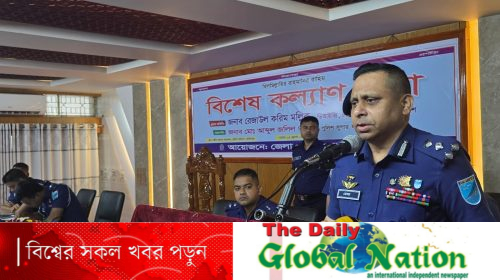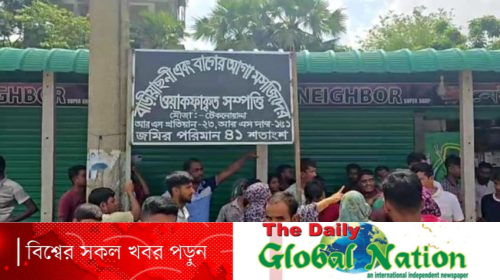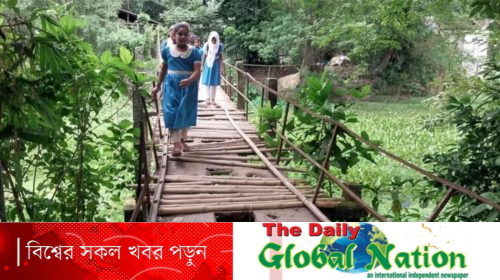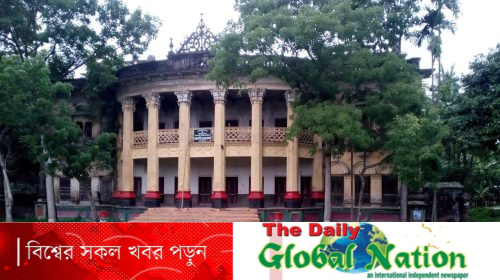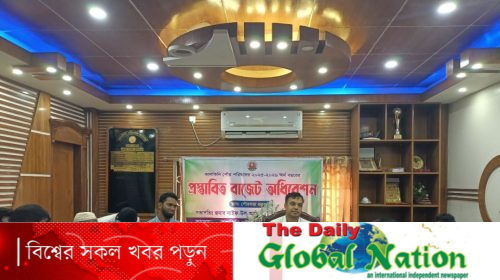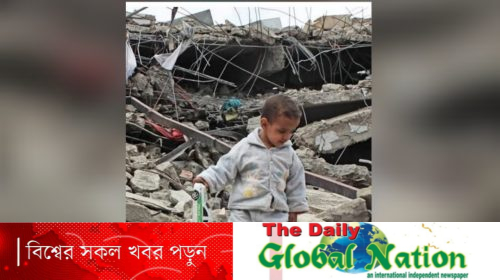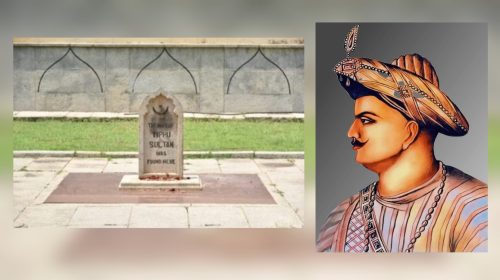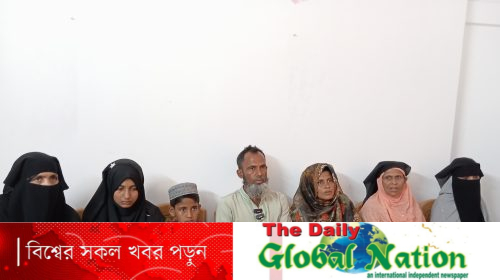
Bangladesh is one of the most disaster-prone countries in the world, with nearly 70% of the nation affected annually by floods, river erosion, and cyclones,
according to the United Nations Office for Disaster Risk Reduction (UNDRR). Despite significant strides in disaster preparedness, such as early warning systems, cyclone shelters, and community volunteer networks, much of the country’s response to these
calamities remains reactive action is taken only after disaster strikes.
Scaling-Up Forecast-Based Action and Learning in Bangladesh (SUFAL II) project offers
a groundbreaking alternative to this traditional reactive model by adopting a proactive approach centered on anticipation, readiness, and timely support. Rather than waiting
for disaster to hit, SHUFAL II emphasizes early preparation and anticipatory action, providing communities with the tools they need before the storm arrives.
A major challenge in rural Bangladesh is the widespread skepticism about early
warnings. Many communities either do not trust the system or fail to recognize the true significance of the alerts. SHUFAL II addresses this gap by focusing on changing perceptions about risk. Through door-to-door campaigns, community meetings, and
extensive training, SHUFAL II has worked to ensure that residents understand the importance of early warnings and take them seriously.
As one local farmer noted, “Earlier we thought early warning was just a routine
announcement. Now we know it means real danger is coming.”
Once this shift in mindset took hold, SHUFAL II moved into the second phase of its initiative: practical preparedness. Families were educated on the essentials of disaster readiness how to pack emergency bags, identify safe shelters, and protect vital household goods and livestock. More importantly, the project focused on building community capacity by training local leaders to form disaster management committees. These committees, led by community members, took responsibility for ensuring that their neighborhoods were prepared for disaster, empowering locals to take charge of their own safety.
In Char Pakerdah Union, a flood-prone area in Madaripur’s Jamalpur district, SHUFAL II’s approach has been especially impactful. Over 1,200 families living on river islands in this region have long been left to fend for themselves in times of disaster. However, with
the training and resources provided by SHUFAL II, these communities have moved from a state of passive dependence to active preparedness. Local leaders now guide families
on disaster management, making coordinated plans rather than simply reacting to floods.
The third phase of SHUFAL II introduced a revolutionary concept: anticipatory fund release. For the first time in Bangladesh, families were given cash assistance before a disaster occurred. By using forecast-based risk triggers, the project transferred funds in
advance, allowing families to purchase essential supplies such as dry food, medicine, and materials to reinforce their homes. This early support effectively helped families
prepare, reducing the impact of the disaster once it struck. As one resident explained,
“Floods used to mean losing everything. Now we can at least save our children and our
belongings.”
This anticipatory model has far-reaching implications for disaster management, not
only in Bangladesh but in other disaster-prone regions. Every year, more than 2 million
people in Bangladesh are affected by natural disasters, and in 2022 alone, more than 7
million people were impacted (according to the Bangladesh Bureau of Statistics). Yet,
nearly 80% of the disaster management budget is spent on post-disaster relief and
recovery. Studies globally have shown that every $1 spent on disaster preparedness can
save $3 or more in post-disaster recovery costs. This highlights the critical need for
greater investment in anticipatory disaster management strategies.
SHUFAL II has demonstrated that early investment not only saves lives but also reduces
losses and strengthens community resilience. By providing vulnerable households with
the means to prepare in advance, the project has shown that even the poorest
communities can successfully manage disaster risks when given the appropriate
resources beforehand.
The success of SHUFAL II now presents a crucial opportunity for the government to
scale this model to a national level. The Ministry of Disaster Management and Relief, in
collaboration with local government institutions, can integrate SHUFAL II’s anticipatory
approach into national disaster risk reduction (DRR) frameworks, early warning
systems, Union Disaster Management Committees, and social safety net programs.
Bangladesh’s disaster management strategy must evolve from mere resilience to
anticipatory action. By incorporating forecast-based financing into its official DRR
policies, the government could ensure more effective disaster preparedness and
minimize the long-term economic and humanitarian costs of disaster recovery.
The SHUFAL II model offers a practical, scalable solution for reducing disaster impact
and building community resilience. It highlights that, by investing in proactive
preparedness rather than reactive recovery, Bangladesh can lead the way in anticipatory
disaster management. If adopted nationwide, this approach could transform the country
from a disaster survivor to a proactive nation that anticipates and prepares for the risks
posed by nature.
As the frequency and severity of natural disasters increase worldwide, Bangladesh’s
experience with SHUFAL II serves as a valuable lesson. Proactive investment in disaster
preparedness can not only save lives but also reduce the lasting damage to
communities, ensuring that when the next disaster strikes, the country will be ready.


